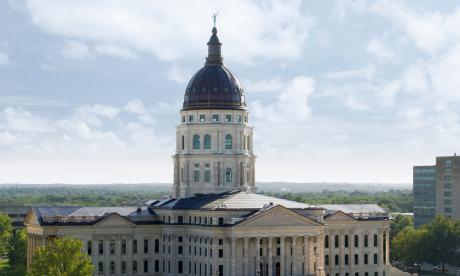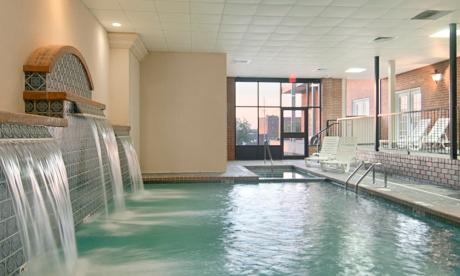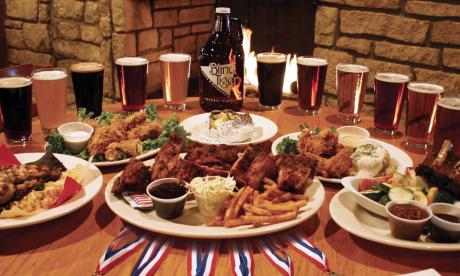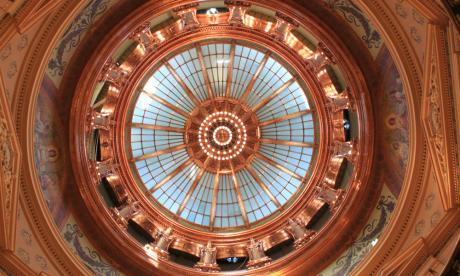As part of Native American Heritage month, we bring you an early history of the partnership between the Kaw Nation and Topeka's first European settlers that brought about a crucial crossing point for travelers traversing the plains.
The Kaw and the European Settler
The earliest inhabitants of what would become the Kansas Territory were members of the Kaw Nation; “People of the southwind," they are also referred to as the Kanza. The Kaw were spread throughout Oklahoma, Nebraska and Kansas. They often followed the hunt across the territory; buffalo being the mainstay resource, both a food source and a foundation for helpful tools and amenities.
The first documented Europeans to visit the Kaw, as well as the northern portion of Shawnee County, was French explorer Etienee Veniard de Bourgmont in 1724. From here, the region would be visited by more French merchants, who established an early trade relationship with the Kaw, before the further exploration was opened up by the Louisiana Purchase in 1803.
Learn more about early Topeka History >
Early Settlers, the Pappan Brothers and Gonvil Sisters
The settlement that would become known as Topeka took shape around the banks of the Kansas (Kaw) River in the mid-1800s. Many of the settlers who found their way to Kansas, then just a western territory of the United States, were staking their claim to a new life and fresh prospects. Some came to farm, some came to spread the Word of God, some (like the Pappan brothers) came to begin their enterprise.
Among the first wave of settlers to put down roots in the area were French-Canadian fur traders, the Pappan brothers: Joseph, Ahcan, Louis and Euberie. Three of the brothers (Joseph, Ahcan and Euberie) entered into marriage with Josette, Julie and Victoria Gonvil, each a member of the Kaw Nation on their mother's side. As a part of a treaty made with the tribe in 1825, the sisters were each entitled to a section of land on the north bank of the Kansas River, their special reservations covering the present site of North Topeka and running west up the river. In the spring of 1840, the couples settled onto one of these reservations, and were joined the following year by Louis and wife.[1]
By 1842, the Pappan clan had established Pappan’s Ferry. The ferry was started to accommodate the travel between Fort Leavenworth and New Mexico, but afterwards became a favorite crossing for the California and Oregon traders and emigrants..[2] The family made a successful living operating the ferry for a few years. Mechanically speaking, the ferry was guided across the river on a rope stretching from bank to bank and poled across the stream. As the Pappans lived in a cabin just a stone's throw from the river and the passengers often lied down in the grass at the site to sleep until morning when business began.[3]
Even after the ferrying business came to an end years later, the Pappan clan and future generations would remain in the Topeka area for years to come.
Charles Curtis
In fact, a grandson from one of the marriages was Charles Curtis, the only Vice-President of the United States to be of Native descent. Born in 1860, Curtis spent a significant amount of his youth on the Kaw Reservation with his maternal relatives. After receiving his formal education, he practiced law in Topeka before becoming prosecuting attorney for Topeka & Shawnee County. Curtis served on the Kansas House of Representatives and the U.S. Senate before being elected to vice-president under President Herbert Hoover from 1929 to 1933. Learn more about the history of Charles Curtis >
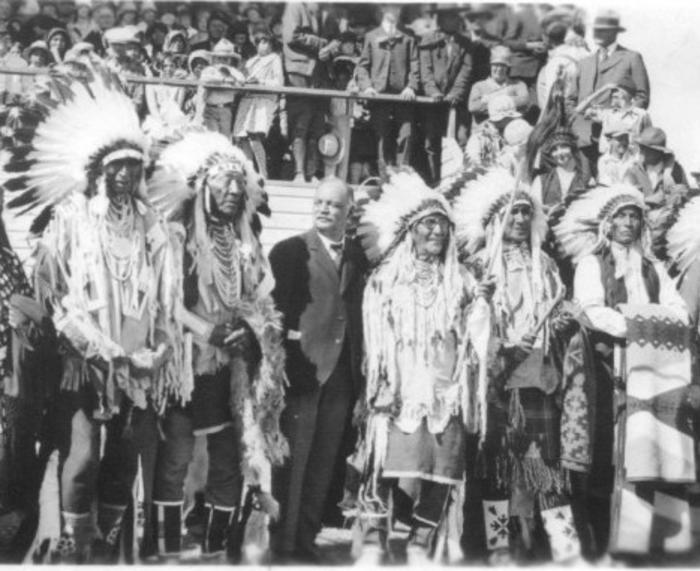
[1] “Pre-territorial and Early Residents – Shawnee County.” Kansas Collection Books. William G. Cutler's History of the State of Kansas
was first published in 1883 by A. T. Andreas, Chicago, IL http://www.kancoll.org/books/cutler/shawnee/shawnee-co-p1.html#PRE-TERRITORIAL
[2] Pappan’s Ferry Source – Topeka Sequentennial, Curtis Cemetery, https://www.washburn.edu/cas/art/cyoho/archive/AroundTopeka/curtiscemetery/PapanFerry.html
[3] “Pappan Ferry - Kanza culture." The Kaw Nation. https://kawnation.com/?page_id=7499



